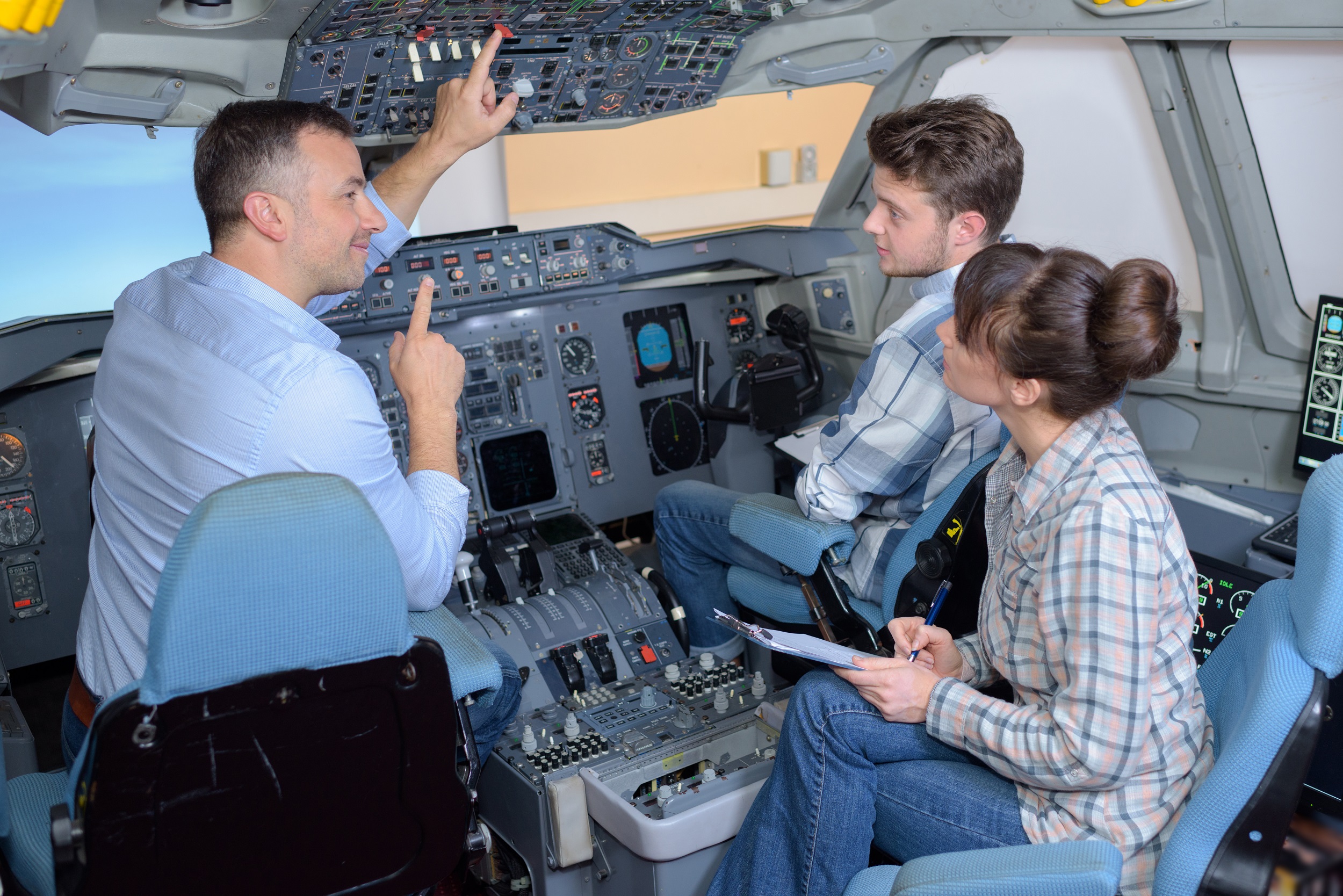If you are thinking of enrolling in flight school, the research stage is crucial. Choosing a Part 141 vs. Part 61 program depends on your goals. Flight schools often advertise as being one or the other or both. Regardless, they typically provide equally high-quality instruction and experience.
Whether a school is approved for Part 141 or Part 61 determines the federal regulations it must follow in regard to pilot training and certification. The Federal Aviation Administration (FAA) has developed and oversees these requirements.

What Is a Part 141 Flight School?
A Part 141 requires:
- Schools/programs to be evaluated and approved by the FAA.
- Enrollees to adhere to a rigid schedule and timetable for completion.
- Students to meet in class and for simulator/flight training.
- A minimum of 35 hours of flight experience for a Private Pilot License.
- A minimum of 190 hours for a Commercial Pilot License.
Part 141 sets pilot certification requirements for schools operating under it. On the other hand, Part 61 establishes various requirements to obtain different licenses. It also sets guidelines on the certification of pilots and instructors (flight and ground).
The FAA conducts periodic reviews to ensure an aviation school meets minimum performance standards. The school must also properly prepare students for the FAA flight test. Minimum requirements to pass practical exams are set as well.
What Is a Part 61 Flight School?
A Part 61 training program:
- Is a more flexible option for part-time students.
- Can be customized with hours set around your schedule.
- Has no fixed syllabus; in fact, classroom instruction might not be included.
- Requires a minimum of 40 hours’ flight training for a Private Pilot License.
- Requires at least 250 hours to qualify for a Commercial Pilot License.
Any FAA-approved flight instructor can provide training under Part 61 regulations. They don’t even have to be associated with a flight school. Your instructor will work around your availability and determine when you are prepared for a checkride. The duration of a Part 61 program, therefore, may be unique to each individual student.
Offering the benefits of one-on-one training, it is well-suited for a flight student who doesn’t necessarily have career-oriented aviation goals.
The Right Questions to Ask
For both programs, students must meet the same performance standards to become certified. In fact, a Part 141 school may offer a Part 61 program to accommodate students who require more flexibility. Here are some questions to ask if you’re still considering which type of program is best:
What is your long-term aviation goal?
If your long-term goal is to be a professional pilot, a Part 141 flight school may be the better choice. The program covers key aviation topics and provides access to dedicated training facilities and training aids. It often leads to an aviation degree.
Do you want to be a professional pilot or fly for a hobby?

As a Part 61 student, you can gain the experience needed to obtain a license and fly as a hobby. Your instructor will teach what you need to know, based on your goals, but will still cover all relevant flight procedures.
Are you planning to own your own aircraft?
The more in-depth training provided by a Part 141 flight school prepares you for aircraft ownership. You’ll not only need flight instruction but to learn how to maintain an aircraft, perform safety checks, and operate it in accordance with all pertinent regulations.
Enroll in Flight School Today
Kingsky Flight Academy, LLC provides online programs for students, whether they’re considering Part 61 vs. Part 141 training. You can also earn an aviation bachelor degree through LIberty University or Southeastern University. Our programs allow students to pursue all levels of pilot certification. To learn more, continue browsing or call 863-248-2543 for inquiries or to receive assistance with enrollment.
